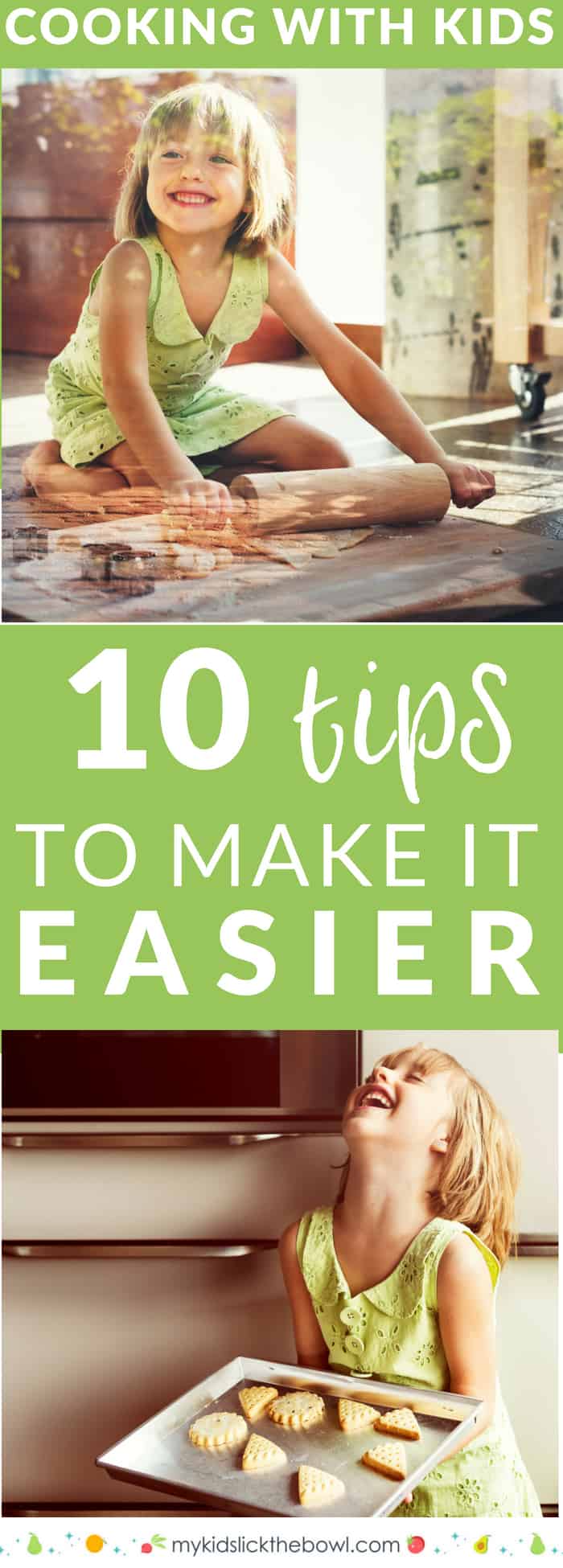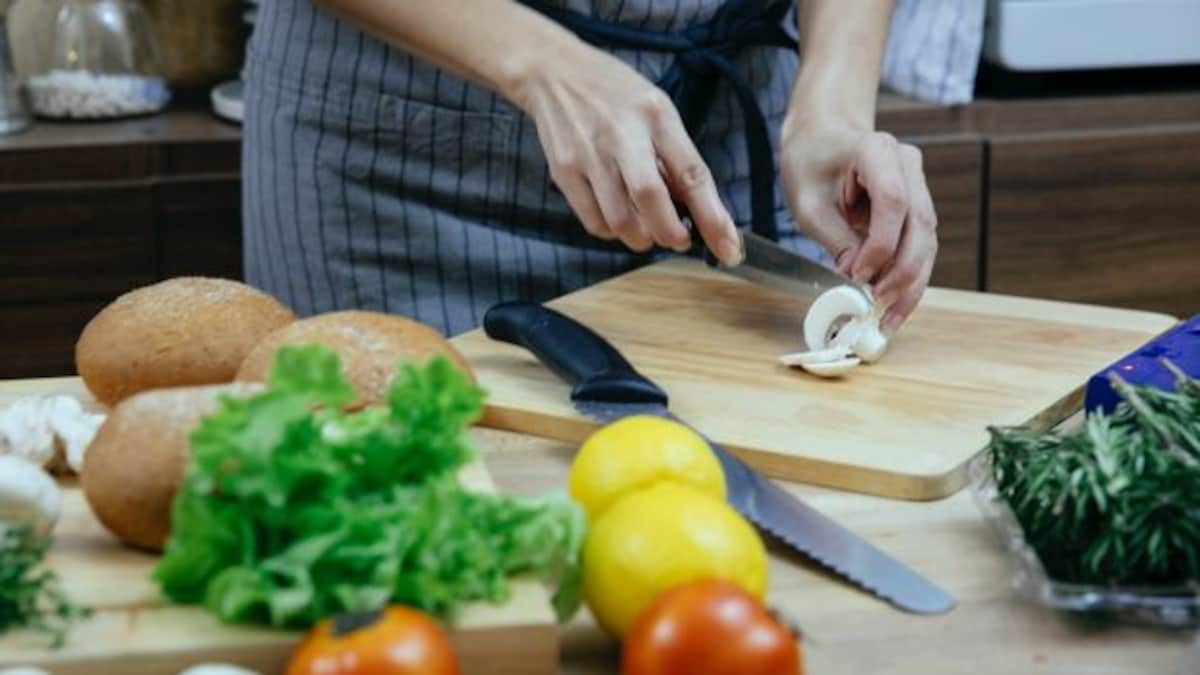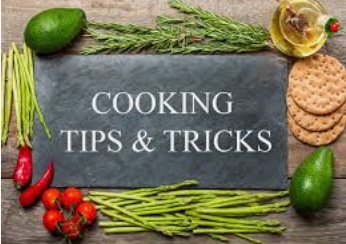
There are several levels of difficulty and age ranges when it comes down to cooking skills. For younger children, the basic techniques are easiest. Older children may require more help. The recommended age range for children is between 3 and 5 years. Listed below are some of the recommended kitchen tasks for kids. You can also use these activities as a springboard for more complex cooking or grocery list preparation. You don't have to be an expert cook or a chef to start cooking with kids at any age.
Basic cooking skills
Basic cooking skills can make or break a meal. Although there are many cooking skills suitable for children of different ages, some require more supervision. Here are some important guidelines to keep in your mind.
Age ranges
At this age, children learn basic hand washing, can follow simple recipes, and can even do the work independently. They will eventually be able to put together food by understanding the basics of mixing and cutting ingredients. This is a great time for basic kitchen tools like the oven to be introduced. As they grow and become more proficient, they can also learn to alter recipes and use more sophisticated kitchen appliances.
Techniques
There are many benefits to cooking with your kids. It's a great way to build vocabulary while bonding with your child. It's also a fun way to share a responsibility with them. Cooking for a toddler is a time-consuming task that requires patience. You should choose simple recipes that they can master. You don't need to cook for long. Consider dishes with unusual textures and colours. These techniques will make cooking fun for everyone.

Involving children in the kitchen
Making dinnertime more fun is possible by getting kids involved in the cooking process. They can also learn valuable life skills. Even though they may not be chefs yet, babies can learn to cook basics in the kitchen. It will be easier for them to get involved with cooking by allowing them the opportunity to work in the kitchen. They will also become more interested cooking as they age. They will naturally be more curious about the kitchen as they grow older.
Food presentation
Food presentation is important, whether you are cooking for yourself or your family. Food presentation is a key factor in children's eating habits. These are some ways to make your food look great. You can also add fun garnishes, such as carrot curls and radish flowers. Just remember to supervise children while they're handling knives. If your children have any questions regarding how to use knives, an adult can help.
Measurements
You can teach your kids measurements, which will help them improve their math skills. There are many benefits to teaching your child this skill, including improving their sense of time. With cups and utensils, children can compare quantities and make estimates. These skills will help them in more advanced math classes like geometry and pre-algebra. It doesn't end there. It's not just about improving fine motor skills.
Building self-confidence
Developing self-confidence in children through cooking skills is an excellent way to teach them the value of a task, as well as healthy habits. The chances of children continuing these healthy habits in adulthood are higher if they learn to cook from scratch. Additionally, children will feel proud of what they have created, which will increase their self-confidence. Cooking is a great way to build family bonds and instill a sense o responsibility in your child.

FAQ
Where can I find online cooking classes for free?
Many websites offer cooking lessons for free. YouTube is a great place to search for cooking videos. Some websites give you access to thousands of recipes. You will need to pay a monthly subscription, but you can still try the site for free for 30 day.
How do I become a chef?
To get a job as chef, you must first complete a culinary arts degree. The next step is to join a professional association like the American Culinary Federation. The ACF offers certification exams and networking opportunities.
Are you able to cook by yourself?
You can learn to cook by yourself! The joy of cooking is something that everybody enjoys doing, no matter their skill level. Learn how to cook at home. Start small with simple things like spaghetti sauce or pancakes for breakfast. You can learn the most by trying new recipes and making mistakes. It's possible that you will make mistakes.
You can learn to cook in a matter of hours or weeks depending on your level of cooking ability. Cooking is more than following recipes. There are many ways of cooking food. So if you have an idea for a recipe, use it.
How much does culinary school cost?
The cost of a culinary school depends on where you are, how much you study, and what program or course you choose. The annual tuition average is between $10,000 and $30,000 Most students graduate with approximately $20,000 in debt. However, some programs offer scholarships, grants, and work-study opportunities.
What are basic cooking skills?
Basic cooking skills include being able to read and measure ingredients, prepare food safely, clean up after yourself, and cook. You need to master these skills if you want to cook for your own meals. Cooking can be a great way of saving money, as you don't need to go out to eat all the time.
Can I learn to cook alongside my kids?
Yes! Yes, kids love to help in kitchen. It's a great way to teach responsibility and teamwork. From washing vegetables to chopping onion, children can help. Your children will be more comfortable helping you cook if you teach them safe techniques for handling knives.
Statistics
- According to the BLS, chefs earn $58,740 a year. (learnhowtobecome.org)
- You'll be amazed that over 90% of CIA students receive scholarships and grants to finish their culinary studies. (ischoolconnect.com)
- The median pay for a chef or head cook is $53,380 per year or $25.66/hour, according to the U.S. Bureau of Labor Statistics (BLS). (learnhowtobecome.org)
External Links
How To
How to make an omelet that is perfect
Omelets are one of my favorite foods to eat at breakfast. But how do you create them perfectly? I've tried many recipes and different methods but none have worked. Today, I'd like to share some tips with you in order to make delicious and fluffy omelets every day.
We should first know that eggs are very temperamental ingredients when making omelets. The eggs must be fresh from an organic source and kept at room temperature until they are ready to be cooked. If you don't keep them cold enough, the whites won't form properly, and the yolks will break down too much and become runny. This can make your omelets look bizarrely colored. If you intend to cook your eggs immediately, it's best to use room-temperature egg.
You might also try separating the egg before adding to the pan. The yolk and white should not be mixed together as this can cause the omelet's curdle.
If you add the egg directly onto the stovetop, you might end up burning the bottom part of the egg, which would ruin the texture of your omelet. Instead, microwave the egg for 10 seconds before adding it to the pan. The microwave heat cooks the eggs just right without overcooking them.
Next, let us talk about how to mix the eggs. When mixing eggs, it is important to thoroughly beat them. You need to turn the bowl of the mixer upside down. Next, shake the bowl vigorously. This allows the air to be whipped and the egg to be mixed thoroughly.
Now comes the fun part - pouring the milk into the mixture. Pour half the milk into the beaten egg mixture and then fold in the eggs. Don't worry if there are still streaks of egg visible; these streaks will disappear once you flip the omelet.
After you have folded your eggs, heat up the oil on medium heat. Wait for it to get hot. Add 1/4 cup butter to the oil and swirl it around to coat all sides of the pan. Carefully open the pan's lid and add salt to the pan. An additional pinch of salt will prevent the omelet form sticking to your pan.
Once the omelet has formed, cover the pan again and wait for the top side to set completely. Flip the omelet over using a spatula or flip the pan upside down. Cook the second side for a minute or so. Serve the omelet immediately by removing it from the pan.
This recipe is best made with whole milk. However, it can also be used with skimmed milk.